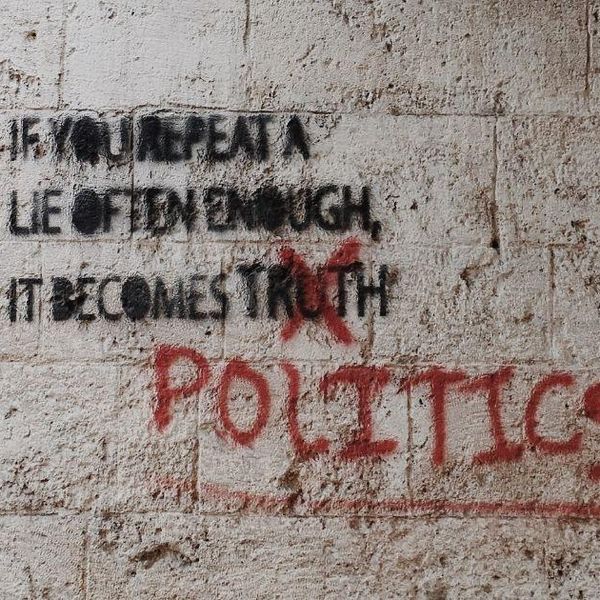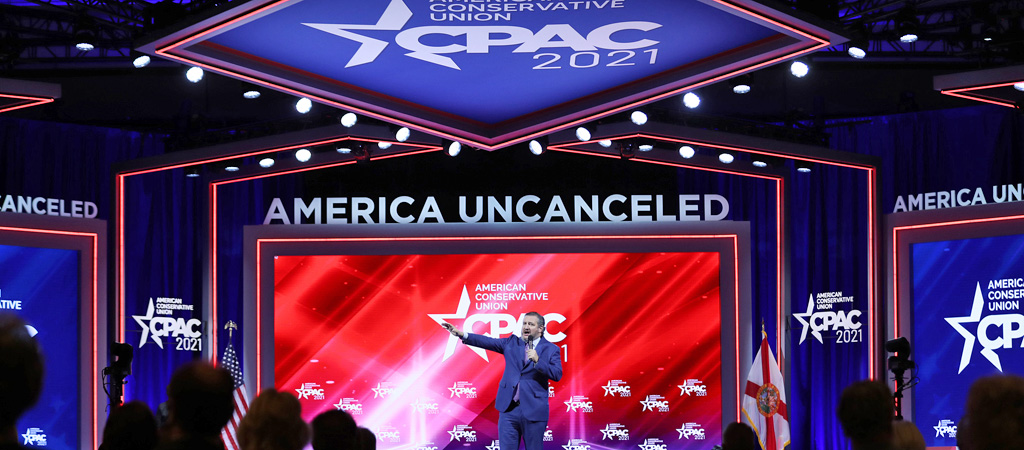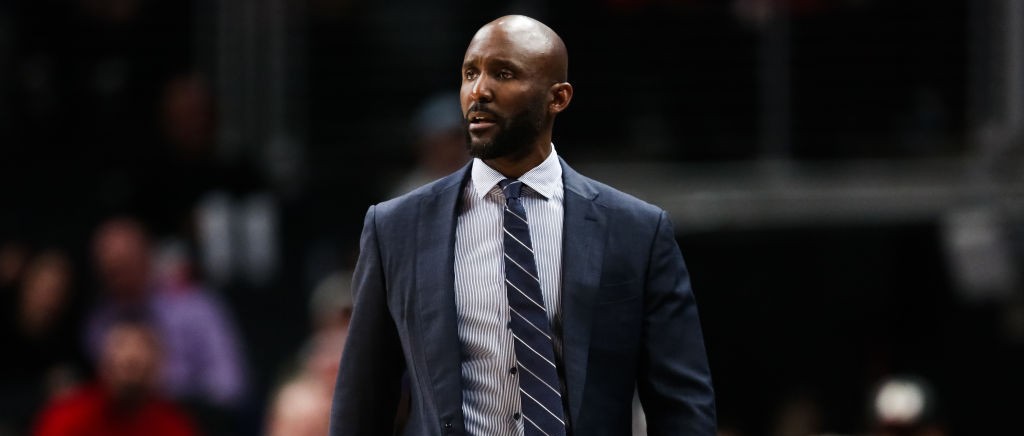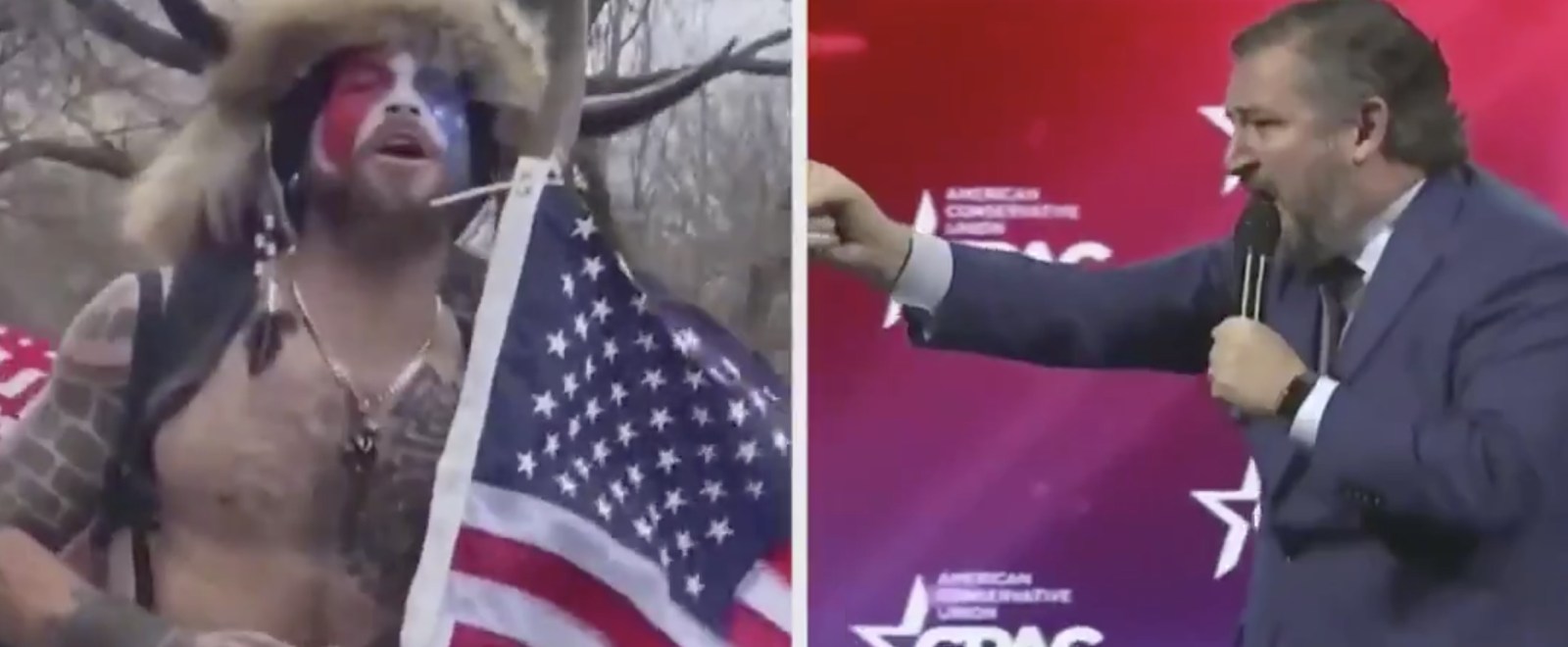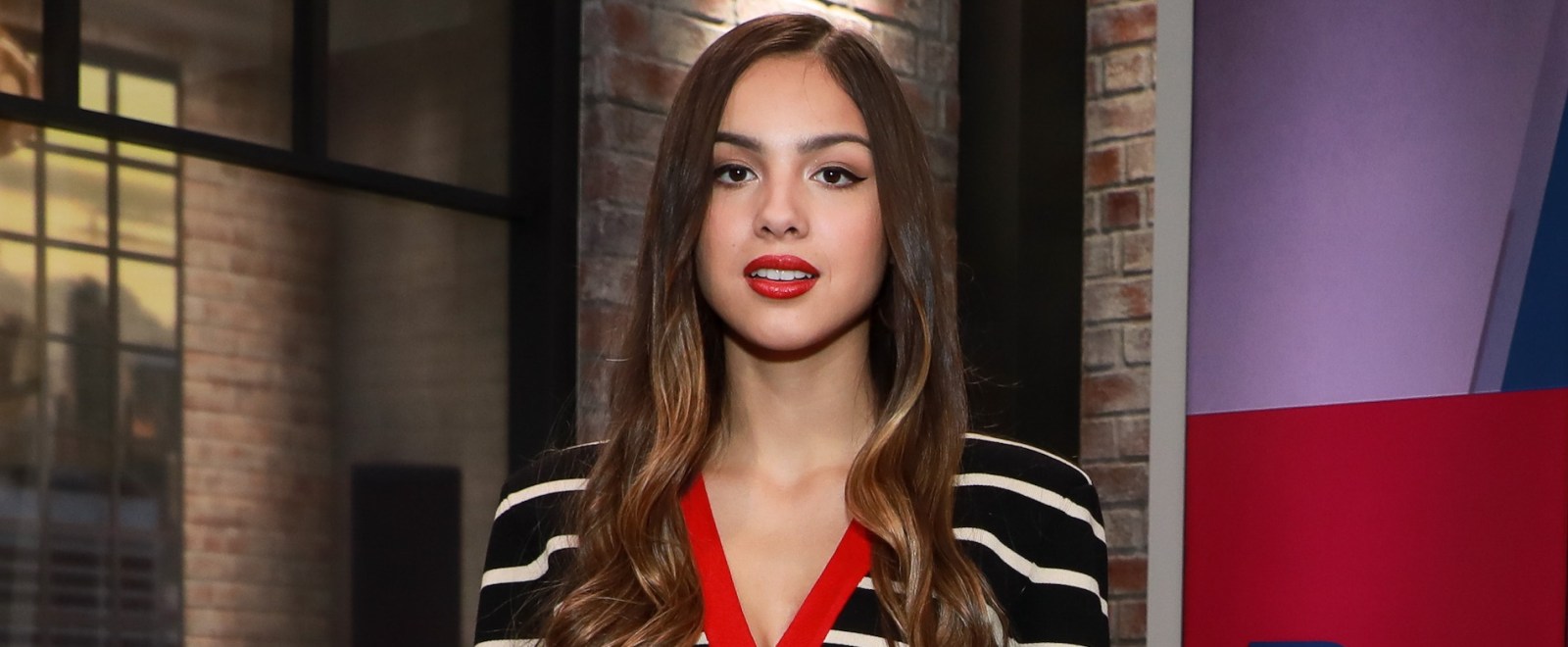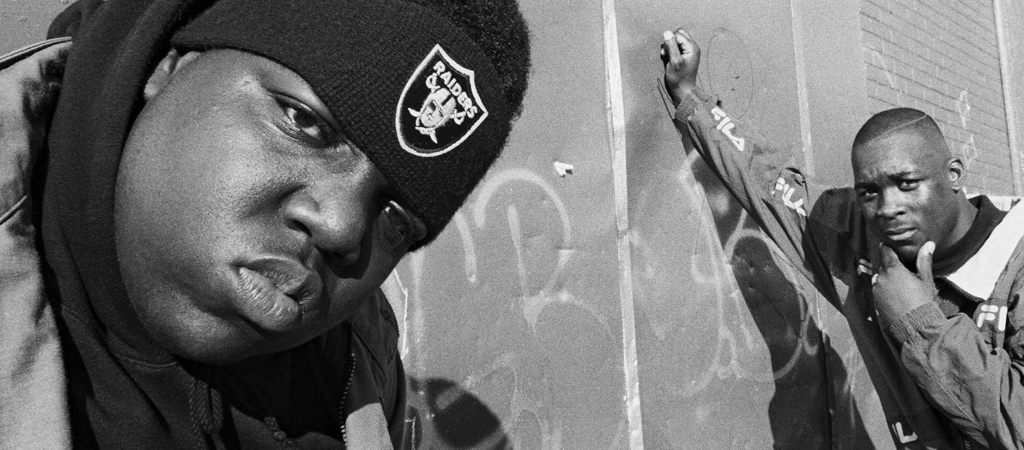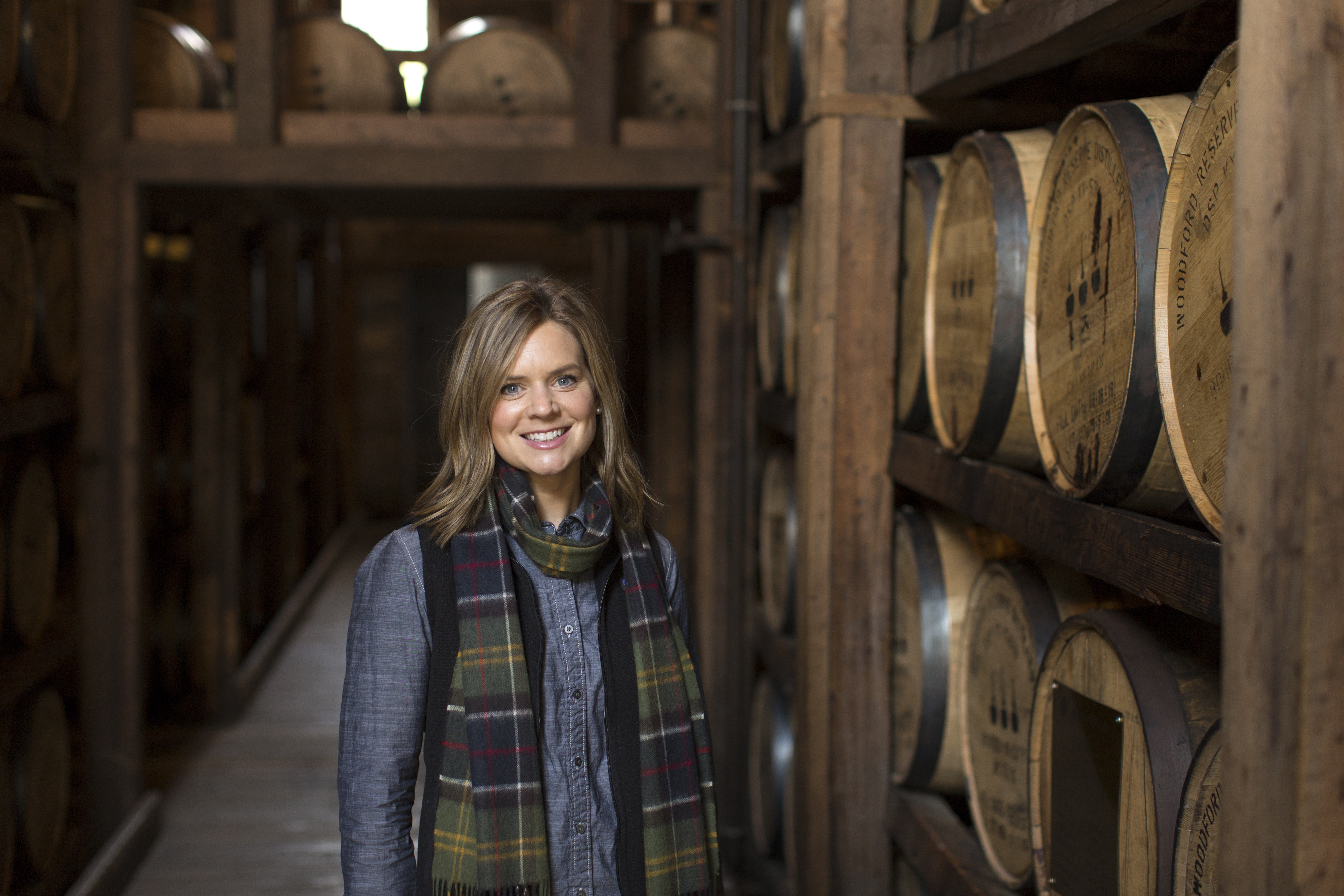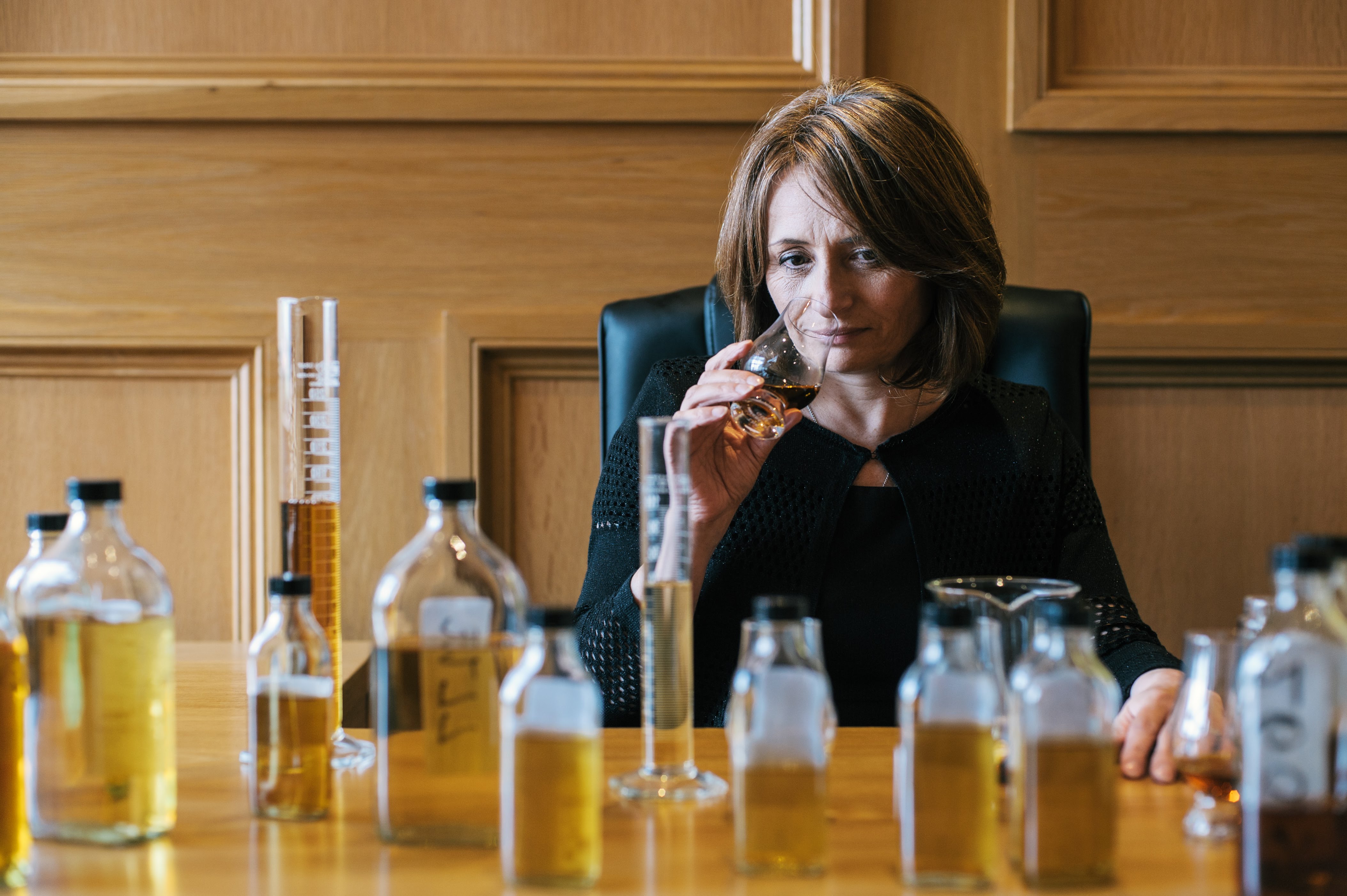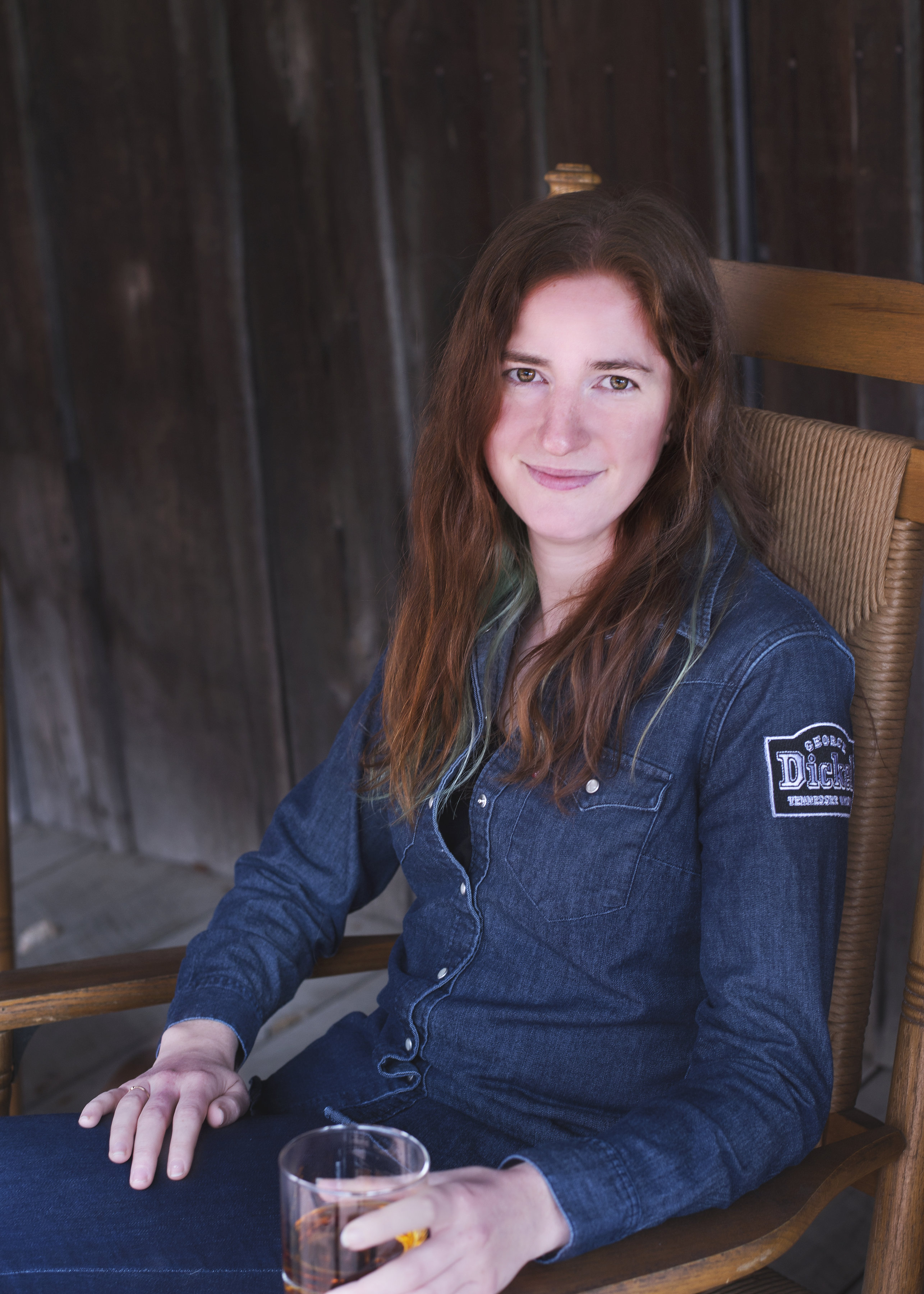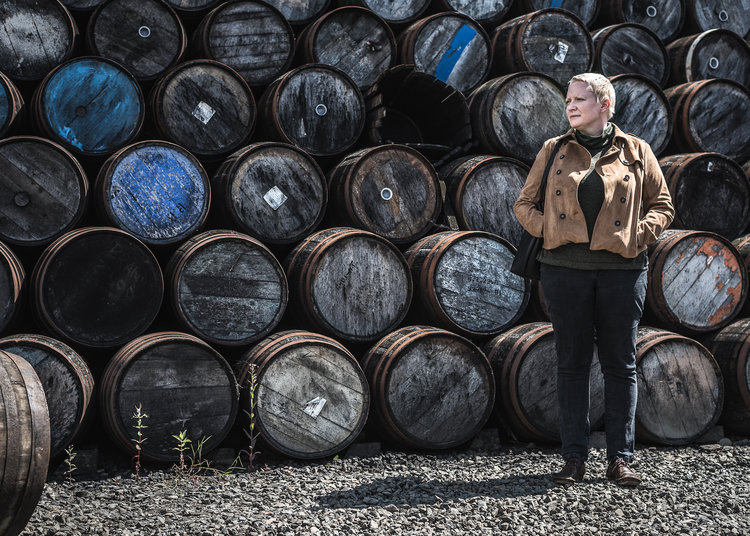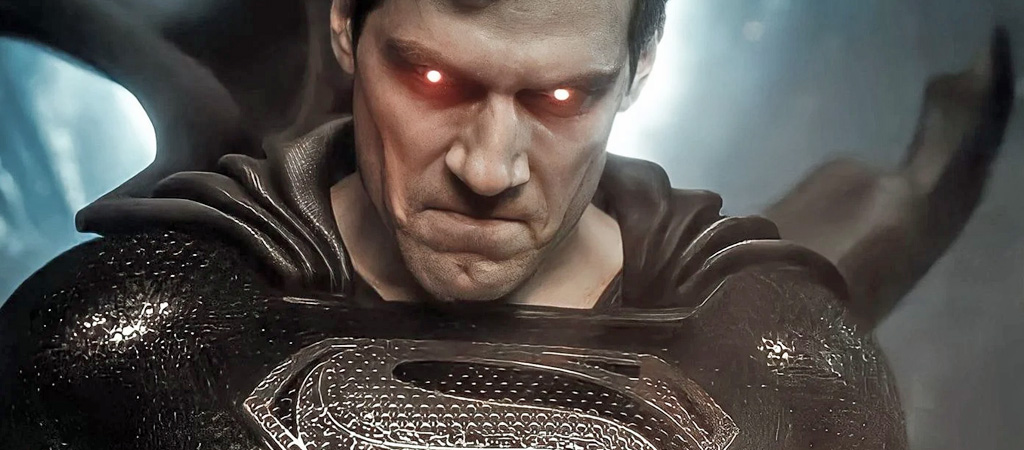
The 2020-21 season was supposed to be a breakout for the Atlanta Hawks and their third-year star, Trae Young. No team spent more in free agency than the Hawks, bolstering their wing depth with high-priced veterans like Danilo Gallinari and Bogdan Bogdanovic, and addressing their point guard depth behind Young by signing Kris Dunn and Rajon Rondo. Clint Capela, finally healthy after being traded to Atlanta last deadline but never appearing before the shutdown, would patrol the paint on defense and serve as another lob threat and rebounder offensively. Add that to a promising young core of John Collins, Cam Reddish, De’Andre Hunter, and Kevin Huerter, and you had all the makings of a team that was ready to become a playoff team for the first time since tearing things down to start over in 2017.
However, with the midway point of the season two games away, the Hawks are just 14-20, currently on the outside looking in for the play-in tournament, much less a firm playoff position. Injuries are a major factor and must lead any conversation about the Hawks, as Atlanta has never had their full roster together and has been constantly without a few key contributors. Gallinari and Rondo are back in the rotation now but have each missed significant time, while Bogdanovic has played just nine games and is working his way back from knee injury. Hunter, who was enjoying a breakout season in his sophomore campaign, likewise has missed half of the season and counting with a knee injury of his own. Reddish has missed 13 games, currently sitting out with Achilles soreness, and when you add it all up it isn’t a shock that this Hawks team hasn’t been able to do anything consistently.
While Bogdanovic seems on the path to being back fairly soon after the All-Star break, Hunter’s absence looms much larger because of the two-way play he was providing. Prior to Hunter’s injury, Atlanta was 10-9, firmly in the hunt for a top-6 seed in the East to avoid the play-in, in large part because their top lineup was mowing opponents down. It’s hard to overstate the importance of Hunter to keeping the Hawks defense together. The best defensive lineup in the NBA this season that has played 200 or more minutes is the Hawks’ Young-Reddish-Hunter-Collins-Capela group, boasting a 99.0 DRtg in 207 minutes, per Cleaning the Glass.
Simply swapping Hunter for Kevin Huerter causes that to plummet to a 122.0 DRtg, the 7th worst among five-man lineups with 200-plus minutes, and that group has had to play 401 minutes together this season.
Even factoring injuries, this has been a disappointing season for the Hawks, because while Hunter’s presence is critical, it can’t be this bad without him.
And it’s over! @Cavs win! #BeTheFight pic.twitter.com/5wDsFSaoMD
— FOX Sports Cleveland (@FOXSportsCLE) February 24, 2021
That was the effort to stop a game-winning dunk by Lamar Stevens in Cleveland last week, one in which at least three if not all five Hawks messed up on the biggest play of the game. Solomon Hill’s trap wasn’t supposed to come that early if at all, which surprised Tony Snell who was not looking to trap, allowing Collin Sexton to calmly dribble out of it and get the ball over to Stevens, who drove unimpeded to the rim despite Trae Young and Danilo Gallinari both having opportunities to step in front and choosing instead not to — Huerter was likewise caught in a bit of no-man’s land behind Jarrett Allen. It was all pretty terrible, and was followed up by a possession where they didn’t even get a shot off to try and beat the buzzer with a game-winner of their own.
They followed that performance up with a drubbing of the Celtics, exorcising some demons in the process, but for every step forward, there have been two steps back in Atlanta this season. They got smacked by the Thunder, a team that plays with a nightly effort Hawks fans could only dream of at this point, because they seemed to think the Boston win had righted all of their wrongs. Then Sunday saw them lose to a Jimmy Butler-less Heat team that has been rather abysmal when their star is out, falling apart down the stretch as Miami went on a 10-0 run to shut the door after it was tied at 95-95 with three minutes to play.
Fourth quarter collapses have been a theme of the season for the Hawks, as no team has been worse in the fourth quarter this season than Atlanta, boasting a league-worst net rating (-8.2) and defensive rating (120.4) in the final quarter. Only the Pistons have a worse record in games that qualify for clutch statistics (within five points on either side with five minutes or less to play), as Atlanta’s 6-13 record in such games is tied with the Timberwolves, who also just fired their head coach in part due to their inability to execute late.
Head coach Lloyd Pierce was the first to take the fall for the Hawks struggles, as he was fired on Monday afternoon in a move no one around the Hawks organization was surprised by, least of all Pierce himself. Coaching a team through injuries is a difficult task, but doing so when you don’t have the full attention of your top star will make that a downright impossible one. Young and Pierce didn’t always see eye-to-eye on where Trae’s next steps should be as a player, with Pierce regularly imploring him to improve when playing off the ball (when they had the personnel to do so) and challenging Young and others to be more assertive on the defensive end. That messaging wasn’t getting through to the young star, and as such there always felt like a clock was on Pierce’s tenure as coach.
Still, a coaching change won’t be a cure-all for this team, and there’s ample blame to be doled out beyond Pierce. Two of the three biggest signings of the offseason have simply not worked, and the front office has to reconcile with that. Danilo Gallinari has struggled to do much of anything other than spot-up and shoot threes. The hope that he would give the Hawks a secondary creator next to Trae Young hasn’t panned out, and his lack of mobility has been a massive liability on defense — please enjoy these two plays from the Heat game in which he is asked to move laterally as a help defender.
the always pleasing Andre slam pic.twitter.com/brWBz9aZH2
— Miami HEAT (@MiamiHEAT) March 1, 2021
Goran taking matters into his own hands pic.twitter.com/DFd5eJGBum
— Miami HEAT (@MiamiHEAT) March 1, 2021
Rajon Rondo was also supposed to bring the Hawks a steady hand behind Young, as the Hawks ignored Rondo’s regular season performance in L.A. last year, choosing instead to believe that Playoff Rondo would show up for 72 games. Rondo has battled various injuries, but when he’s been on the floor it has been dreadful, posting a team worst net rating (-10.8) of players who have logged 200 minutes. He provides little in the way of scoring and while his facilitating has been one of the lone positives, he’s also been incredibly turnover prone (21.4 TOV%).
In fairness, Dunn was the contingency plan for Rondo being a lemon and was supposed to bring them some defensive punch off the bench, but he’s yet to be able to play due to his own injury problems. Overall, the entire point of the offseason was to give Trae Young some help and make the team function when he isn’t on the floor, but that simply hasn’t happened.
Young’s usage rate is 37 percent, ranking in the 100th percentile on Cleaning The Glass, and he is, once again, being tasked with doing just about everything for the Hawks offensively (26.5 points, 9.5 assists, 4.2 rebounds on 42.8/36.8/87.8 shooting), but even he isn’t absolved from blame. The Hawks are a good team when Young is on the floor ( and an awful one when he’s not, but he’s struggled mightily in clutch situations this season as defenses focus their efforts on him. Young is shooting just 38.5 percent in the clutch this season and a dreadful 20 percent from three. His propensity for hoisting long threes in key situations has not come with the rewards of his last two years, and his decision-making has left something to be desired. When coupled with his own defensive deficiencies, even for how spectacular he’s been for three quarters most nights, he has to get better in winning time, something he admitted on Sunday night.
Trae Young:
“In the final four minutes, I’ve got to do a better job of making shots and helping lead our team a little better down the stretch. And I’ll be better at that.”
— Sarah K. Spencer (@sarah_k_spence) March 1, 2021
Young, John Collins, and Clint Capela have been just about the only constants this season for the Hawks, and the latter two are so dependent on Young to create for them that they don’t provide him the assistance that he needs from a secondary creator to alleviate the pressure on him. Those deficiencies in late game offensive execution seem far more fixable, though, than the defensive problems are. Atlanta is allowing opponents to shoot 52.8 percent from the field and 44.4 percent from three in the clutch this season, the worst and second worst in the NBA. The ease with which opponents are able to create great looks against the Hawks defense is a failure at every level, but when player effort is so obviously poor, that has to be the place you start.
Take this possession against the Heat, which wouldn’t qualify as “clutch” because Miami led by seven with just over a minute to play, but was a possession Atlanta had to have a stop to have a chance.
the dagger courtesy of @Goran_Dragic pic.twitter.com/4TOrPNAdOd
— Miami HEAT (@MiamiHEAT) March 1, 2021
Huerter and Young put forth what is arguably the world’s softest “trap” in basketball history, as Young barely does anything, just half-heartedly waving his hands in the air four feet away from Kendrick Nunn as Huerter tries to pressure him. The result is an easy pass to the top of the key where Tyler Herro and the Heat are now playing 4-on-3. John Collins comes to the ball, as does Clint Capela, making for an easy read and a swing to the corner where Goran Dragic hits a wide-open three as the dagger, with Huerter chasing out way late from all the way across the court.
Nothing about that was good, as it’s clear guys aren’t on the same page which is in part on coaching, but it’s also just a pitiful effort to execute what they want to do, which is force a turnover with the trap.
Part of the problem right now is there’s just not a lot of good lineups to put together. Gallinari is such a massive defensive liability, that putting him on the court to provide them with much needed shooting, even trying to sub for offense and defense, is playing with fire — the reason he was out there for that Cavs game-winner was he was an offensive sub the possession before, but off the miss and no timeout, the Hawks couldn’t get him back out of the game. Because of that, they almost have to play Huerter and, whether it’s Tony Snell or Solomon Hill — who have actually become critical signings because of all the injuries — out there, they just don’t have the point of attack defense to take advantage of Capela and Collins’ rim protection, because they’re not able to put out every fire, especially at the three-point line.
The Hawks are going to look better if and when they get healthy, simply because it will provide whomever is coaching with actual lineup versatility and, once Bogdanovic is back, some actual creative help offensively for Young. Still, if the Hawks are going to make any noise this season, the players who are on the floor simply have to be better. This team, with the injuries they have, isn’t an awful lot different than last year’s squad, so the record isn’t a shocker, but the way they’ve lost some of these games late is enough to drive fans up a wall and understandably so. It’s why Pierce is out of a job, but a new voice at the head of the bench won’t fix the problems unless players, starting with their star in Young, are willing to take a look inward and make some changes to their effort and decision-making on both ends.
They’re a team that hasn’t been able to catch a break this season, but compounding that with mistakes in key situations is what has made an unfortunate season a disappointing one to this point.

